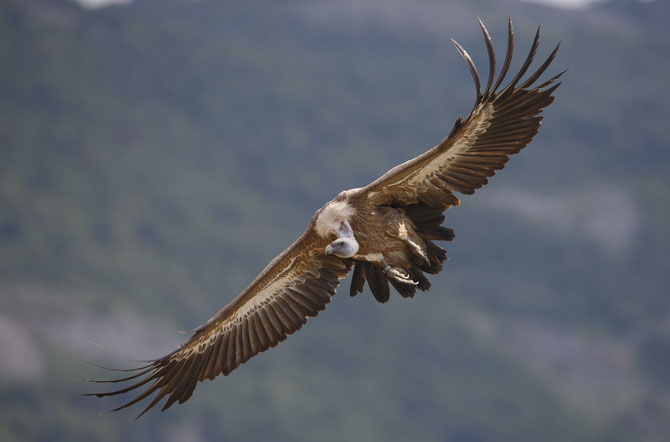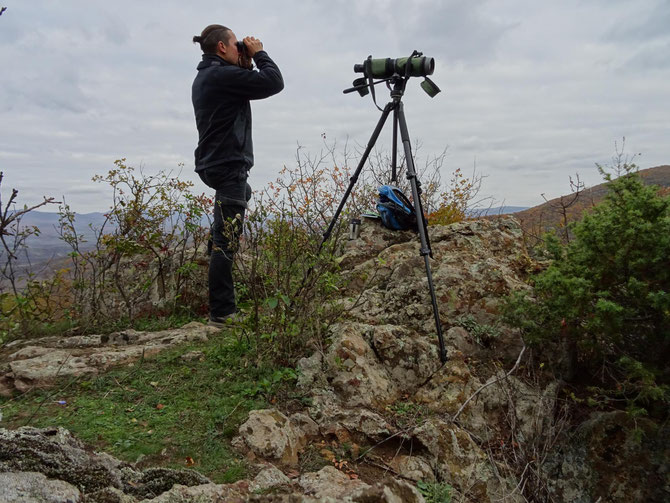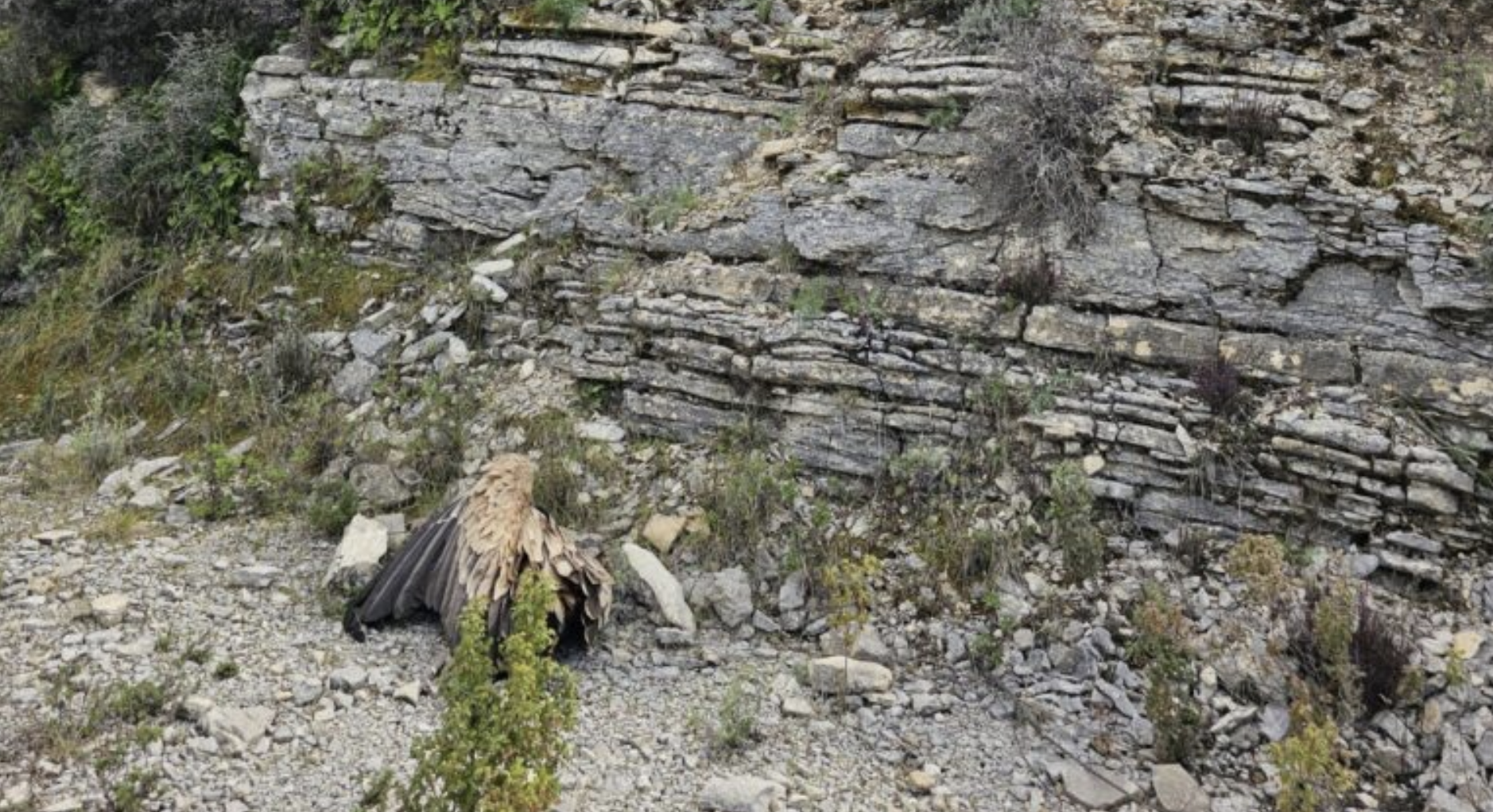
The annual Griffon Vulture census across the Balkans, carried out within LIFE Re-Vultures, revealed a record number of birds roosting in the Rhodope Mountains in southern Bulgaria! This excellent news pays testament to local and international organizations’ fantastic efforts that work for the recovery of the species in the region.
Census background and organization
The Bulgarian Society for the Protection of Birds (BSPB) has been organizing the Annual Griffon Vulture Census across the Balkan Peninsula since 2005 alongside nature conservation organizations from Bulgaria, Greece, Serbia and Northern Macedonia. The census is typically carried out at the beginning of winter when Griffon Vultures’ breeding period begins. It aims to determine population size, age structure and pre-nesting distribution, and identify potential threats at nesting and roosting places to better inform conservation measures.

On 21 November 2020, 18 experts and volunteers from Bulgaria and 13 in the Greek park of Rhodope Mountains took part in the census, a limited number of participants compared to previous years due to the COVID-19 restrictions.
Record-number of Griffon Vultures in the Rhodope Mountains
The census results revealed 245 Griffon Vulture individuals along the Arda River, a new record! In 2005, when the census first started, only 25 birds were counted and ten years later in 2015, 178 birds. The results show the gradual increase of the Griffon Vulture population in the region, highlighting the successful efforts of multiple partners in restoring the species’ population.
In the Greek part of the Mountain, 60 birds were counted, meaning that there are 305 Griffon Vultures in the Rhodopes Mountains overall. In comparison, 147 vultures were recorded in the same region last year, although low visibility from bad weather conditions was the primary reason behind this bleak number.
Furthermore, in Bulgaria, the annual monitoring activities also cover the species’ reintroduction sites, including Kresna Gorge, Sinite Kamani, Vratsa Mountains and Kotlenski Balkan, where 188 Griffon Vultures were registered.
Griffon Vultures in the Rhodope Mountains
The Griffon Vulture was once widely distributed across Bulgaria. In the early 1970s, the species was thought to be extinct, mainly due to the decreasing availability of food, habitat loss, persecution and poisoning. Surprisingly, in 1986 locals discovered a small Griffon Vulture colony near the small town of Madzharovo in the Eastern Rhodope Mountains, consisting of about 20 birds and three nesting pairs.
Conservationists have been working for many years to improve natural food availability and reduce mortality by tackling poaching, poisoning, and collisions with power lines to support the comeback of these birds. As a result of ongoing conservation efforts, today this area is home of the largest Griffon Vulture colony in Bulgaria.
The latest figures show that this keystone species is making a revival, which is excellent news for the region since vultures play an essential scavenging role as recyclers of natural carcasses and provide free environmental services that benefit nature, wildlife and society as a whole!
LIFE Re-Vultures

Starting in 2016, the five-year LIFE RE-Vultures project was developed by Rewilding Europe, in collaboration with the Rewilding Rhodopes Foundation the Bulgarian Society for the Protection of Birds, WWF Greece, the Hellenic Ornithological Society and us here at theVulture Conservation Foundation. The aim of the project is to support the recovery and further expansion of the populations of Cinereous and Griffon Vultures in the cross-border region of the Rhodope Mountain by improving natural prey availability, monitoring movements of birds to help understand the threats they face and carrying out activities that will reduce the mortality of the populations from threats such as illegal wildlife poisoning and collisions with electricity infrastructure.




